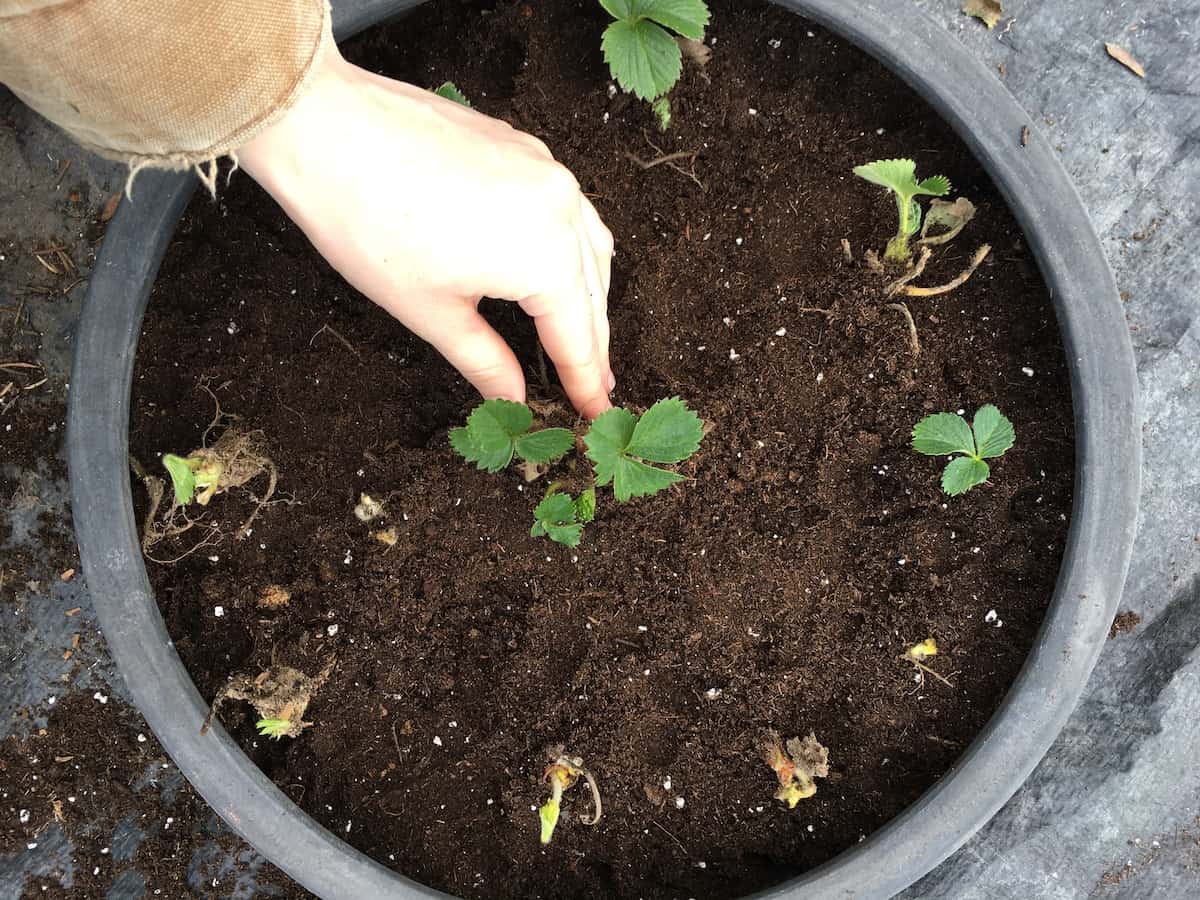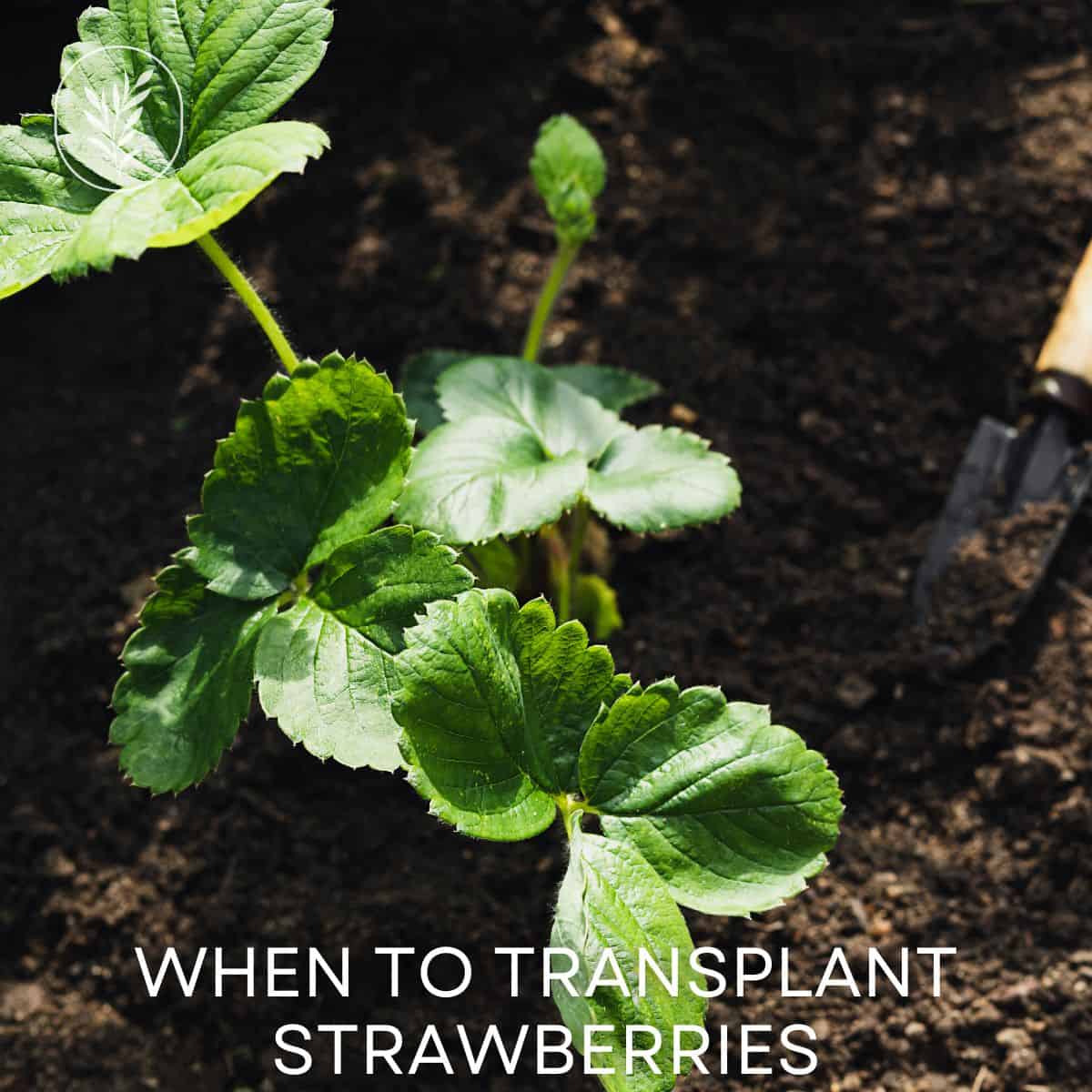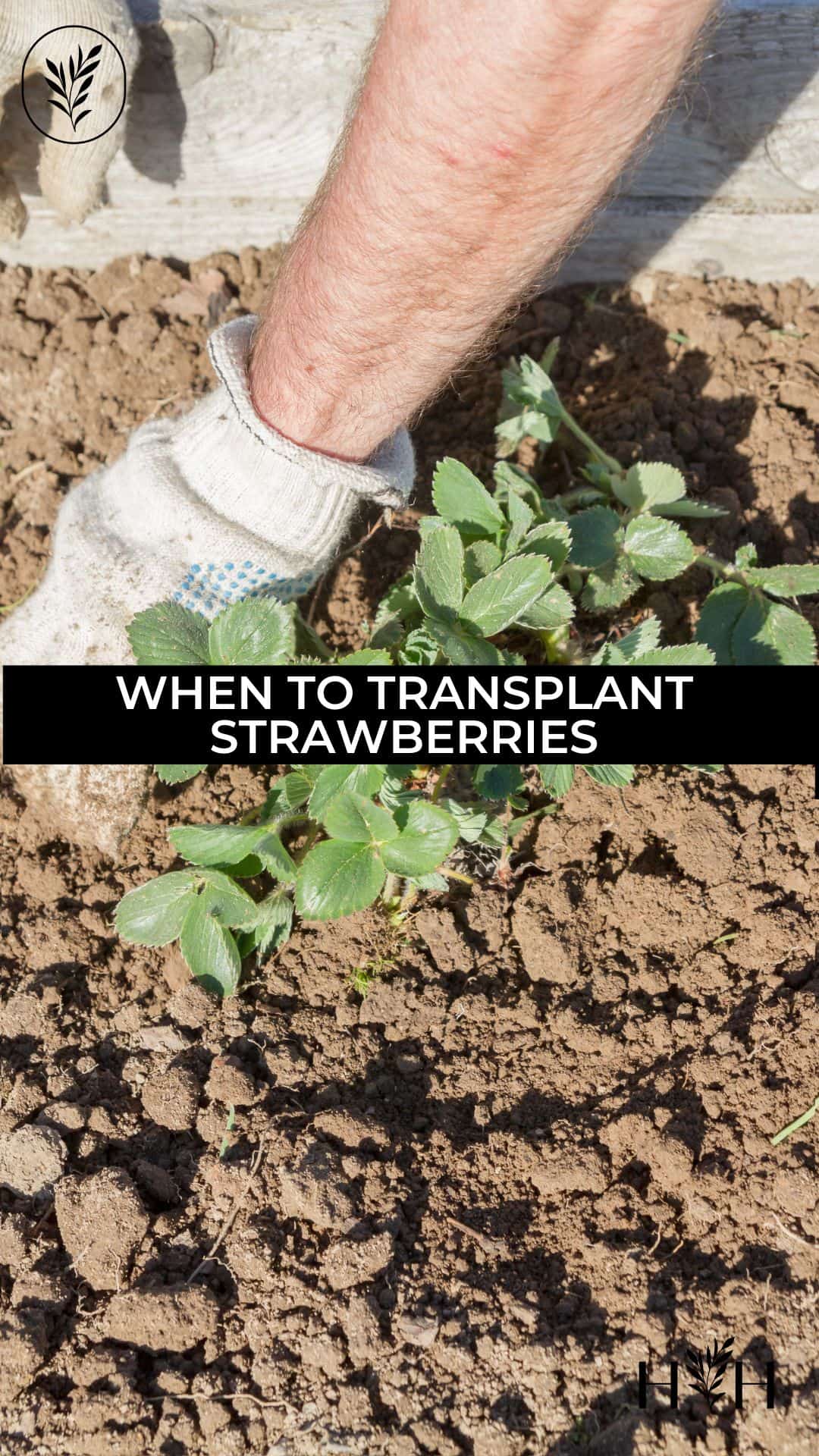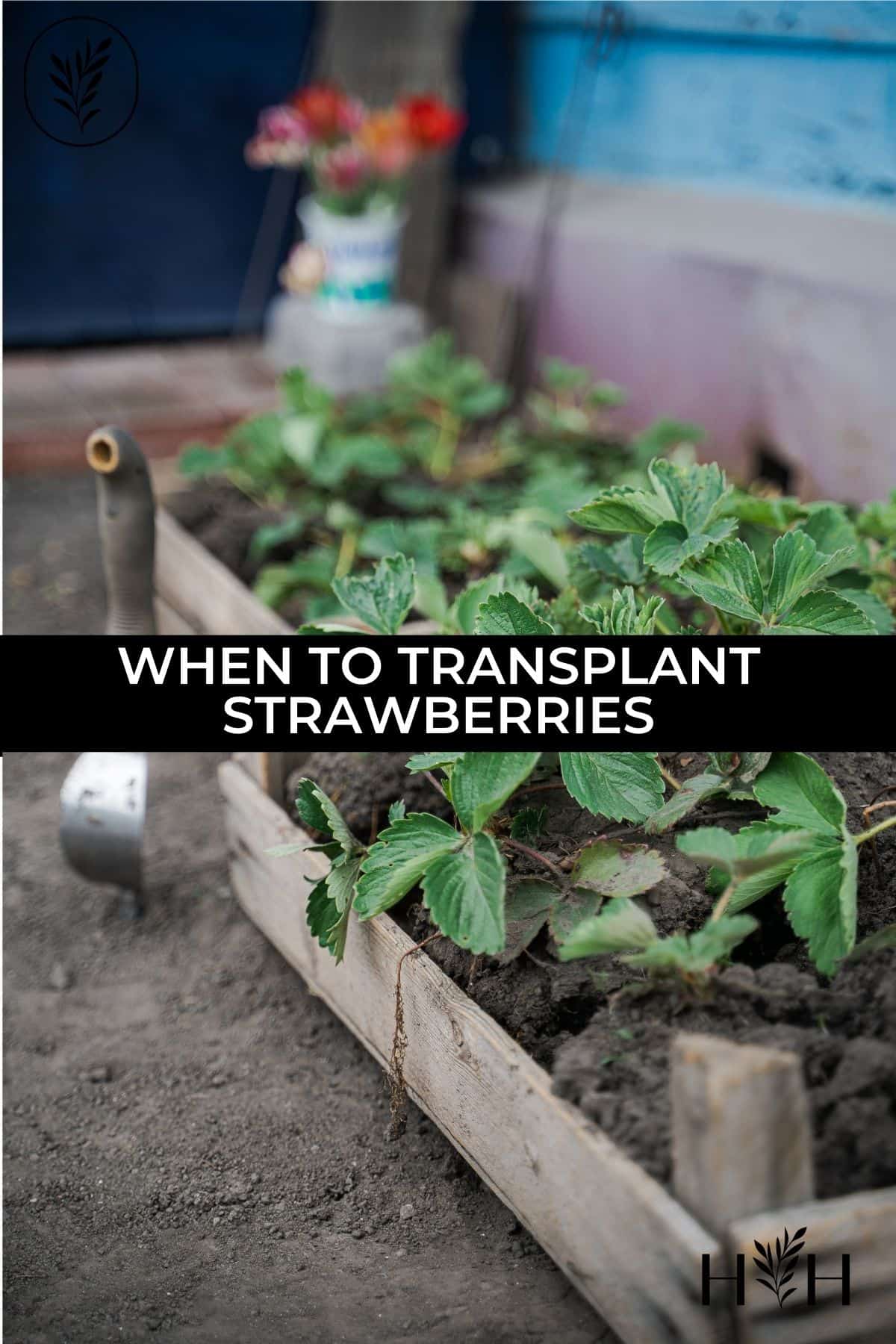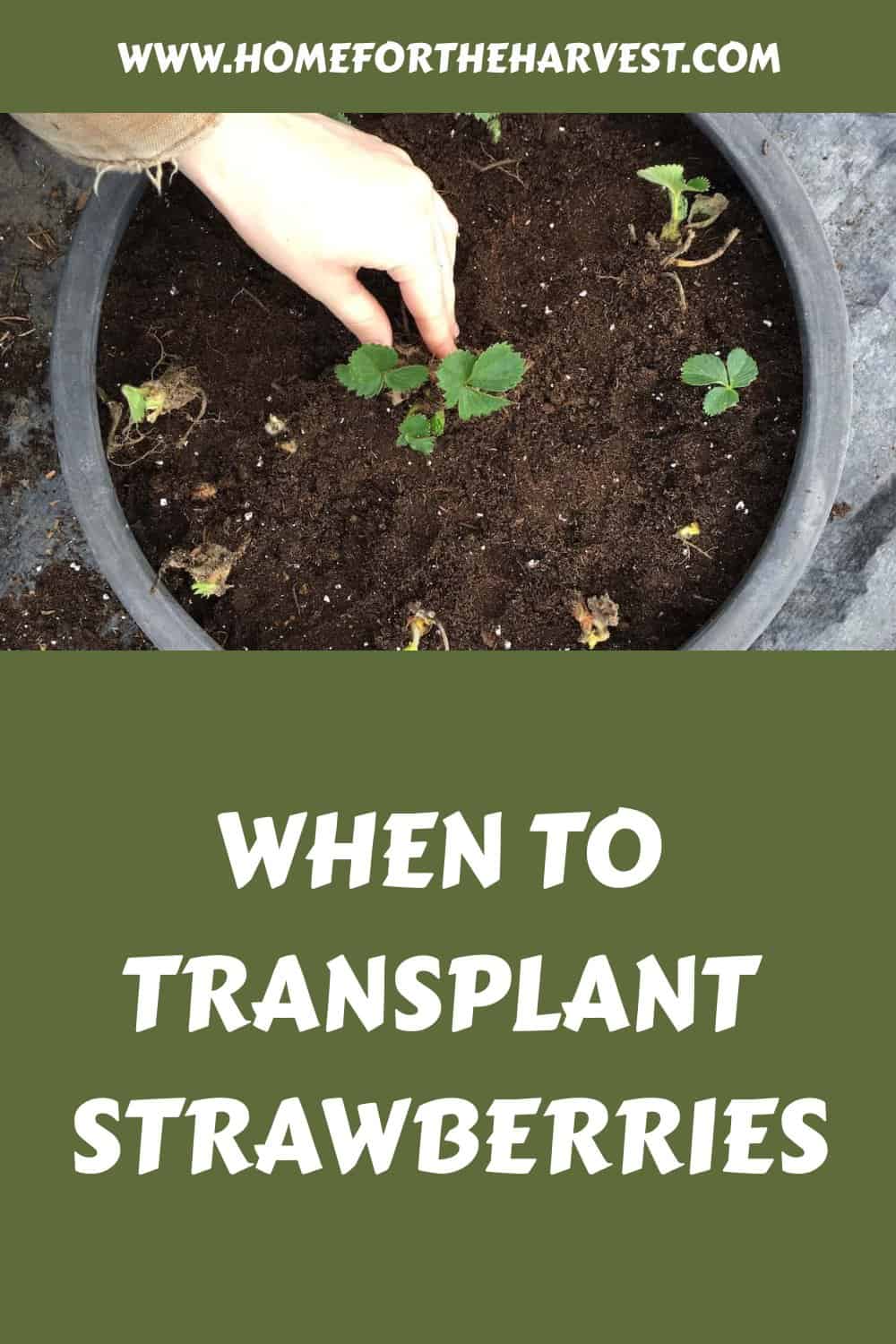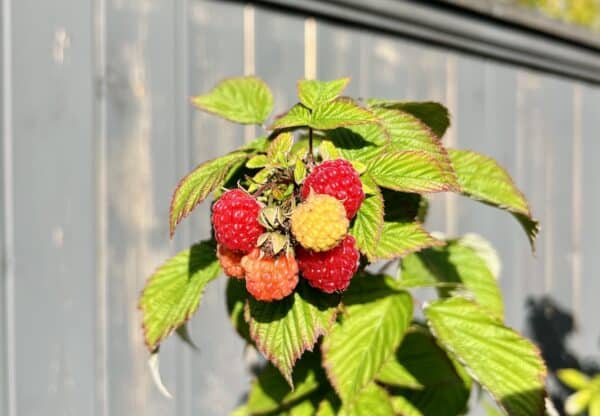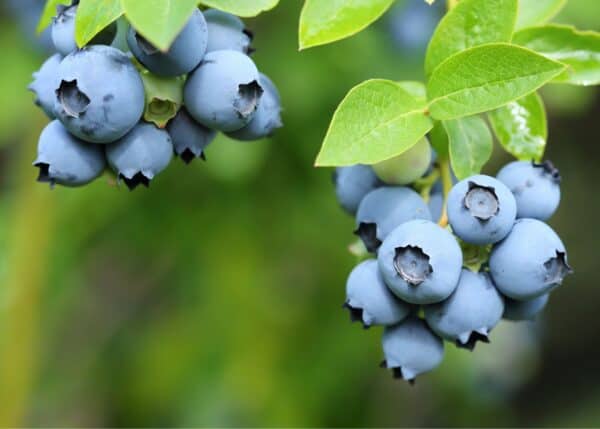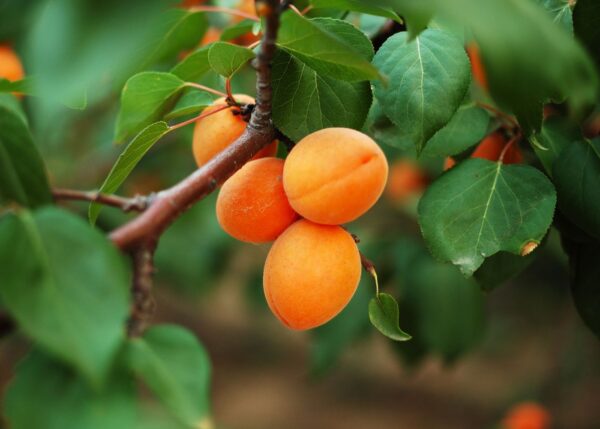Wondering when to transplant strawberries?
The best time to transplant strawberries is in the early spring. They can be transplanted after the ground thaws in the springtime. This is a great time to replant young plant runners to replace older roots. Strawberries can be transplanted early in the season (even before the final frost of the season).
Read on to learn more about when to transplant strawberries.
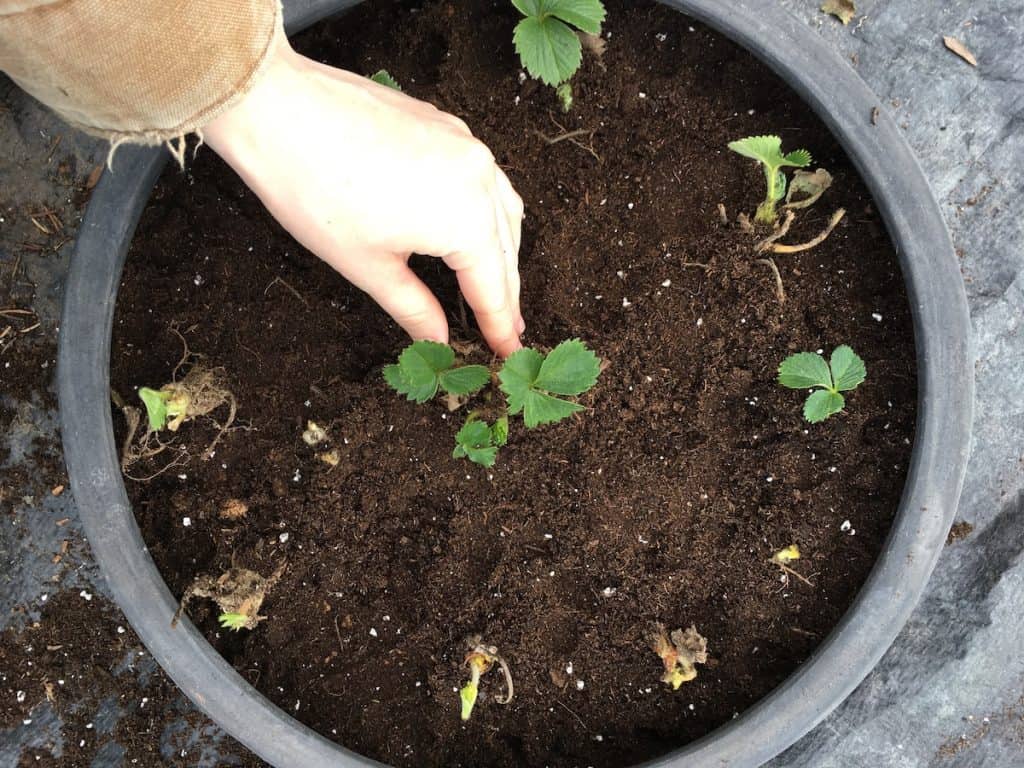
When to transplant strawberries?
The best time to transplant strawberries is in early spring. After the ground thaws, it’s easy to see which plants have been damaged by harsh winter conditions, and to replace older plants with vigorous, young runners. Transplanting strawberries early in spring gives them lots of time before June to get established in the soil and grow blossoms and berries.
One tricky issue with planting strawberries in early spring is that some deciduous trees won’t have their leaves yet. It’s very important to plant strawberries in a sunny spot, so take care to look for any trees that will soon leaf out and shade your strawberry patch. Look for a spot where the strawberry leaves will receive at least 6 hours of direct sunlight each day.
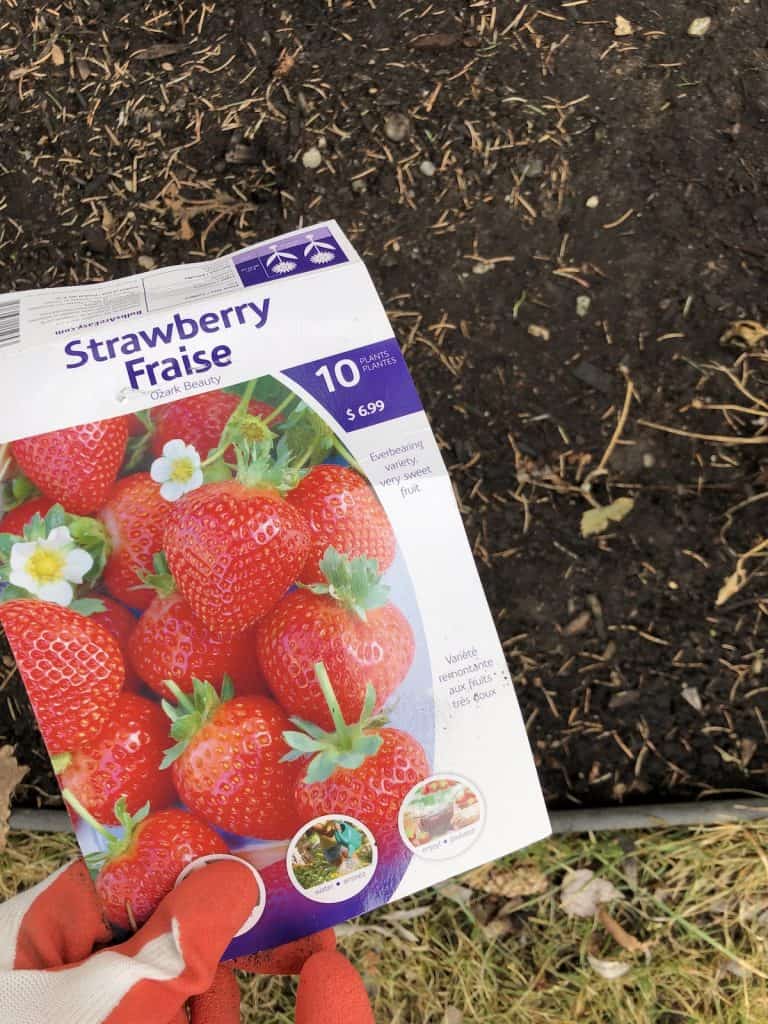
“In the Northwest, plant strawberries in spring, a few weeks before the last frost date for your location.”
Growing Berries and Fruit Trees in the Pacific Northwest: How to Grow Abundant, Organic Fruit in Your Backyard, by Tara Austen Weaver
While spring is typically the best time, strawberry plants are hardy and can often be transplanted at any time during the calendar year when the ground can be worked. Strawberries planted in the heat of summertime will require lots of water, so take care not to let the roots dry out. If you can wait until autumn to transplant them. Autumn is also a wonderful time to transplant strawberries, as they have a month or two for the roots to get established before winter arrives.
Here are some of the most popular strawberry varieties to plant:
- Honeoye Strawberry
- Quinalt Everbearing Strawberry
- Jewel Strawberry
- Seascape Strawberry
- Chandler Strawberry
- Eversweet Strawberry
- Ozark Strawberry
When to fertilize newly-transplanted strawberries?
Another important consideration for newly-transplanted strawberries is when and how to feed them with fertilizers. In general, it’s best to wait until late summer or early fall to fertilize strawberry plants. Strawberry plants fertilized in spring can become quite dense and prone to mold and other pathogens. More importantly, the berries on plants fertilized in the spring can sometimes be mushy and bitter in comparison to fall-fertilized berries.
Fertilize your strawberry transplants in August or September with homemade compost or a quality organic fertilizer. This will give them a boost of nutrition to store in their roots over winter. You won’t have to fertilize next spring, and you’re much more likely to get a high-quality berry crop.
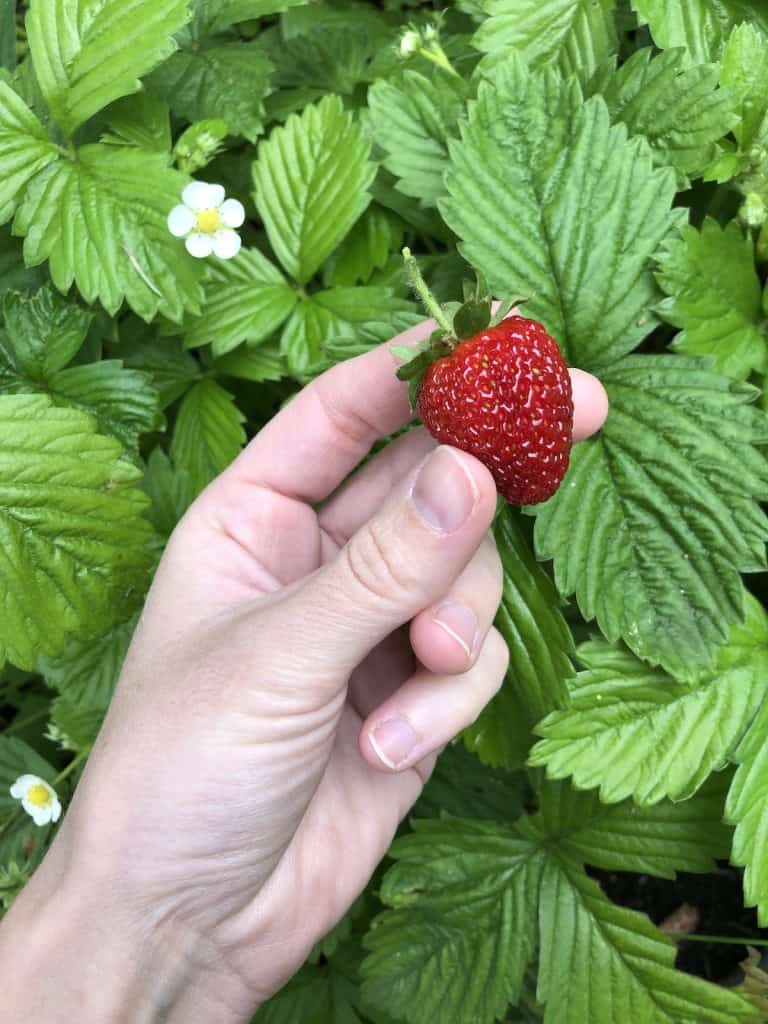
More autumn tips for newly-planted strawberries
While spring is the best time to transplant, autumn is the best time for other strawberry patch maintenance activities. Take time in the fall to pull out all the weeds in the patch so they can’t overwinter and take over next spring. Top-dress the soil with an inch or two of homemade compost. Remove any dead foliage and check that the plants are able to receive lots of sunlight and air circulation.


